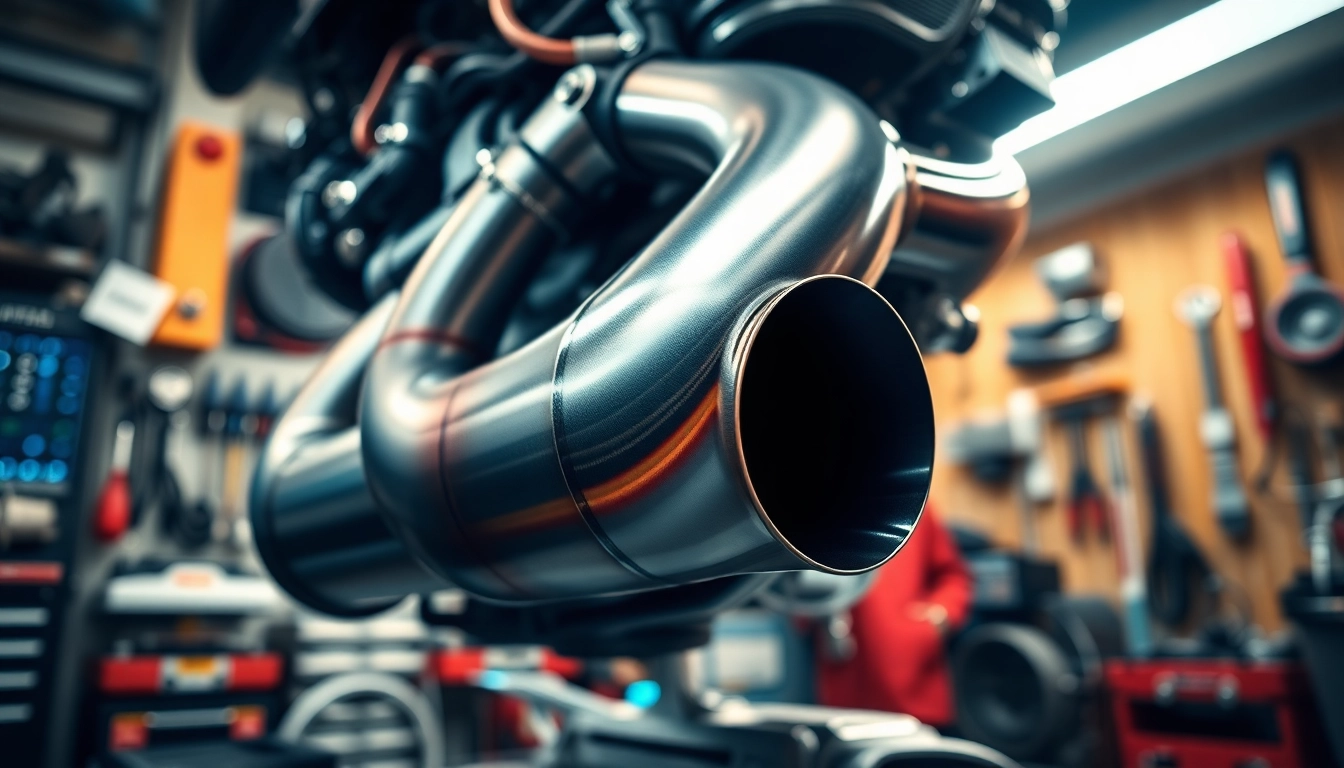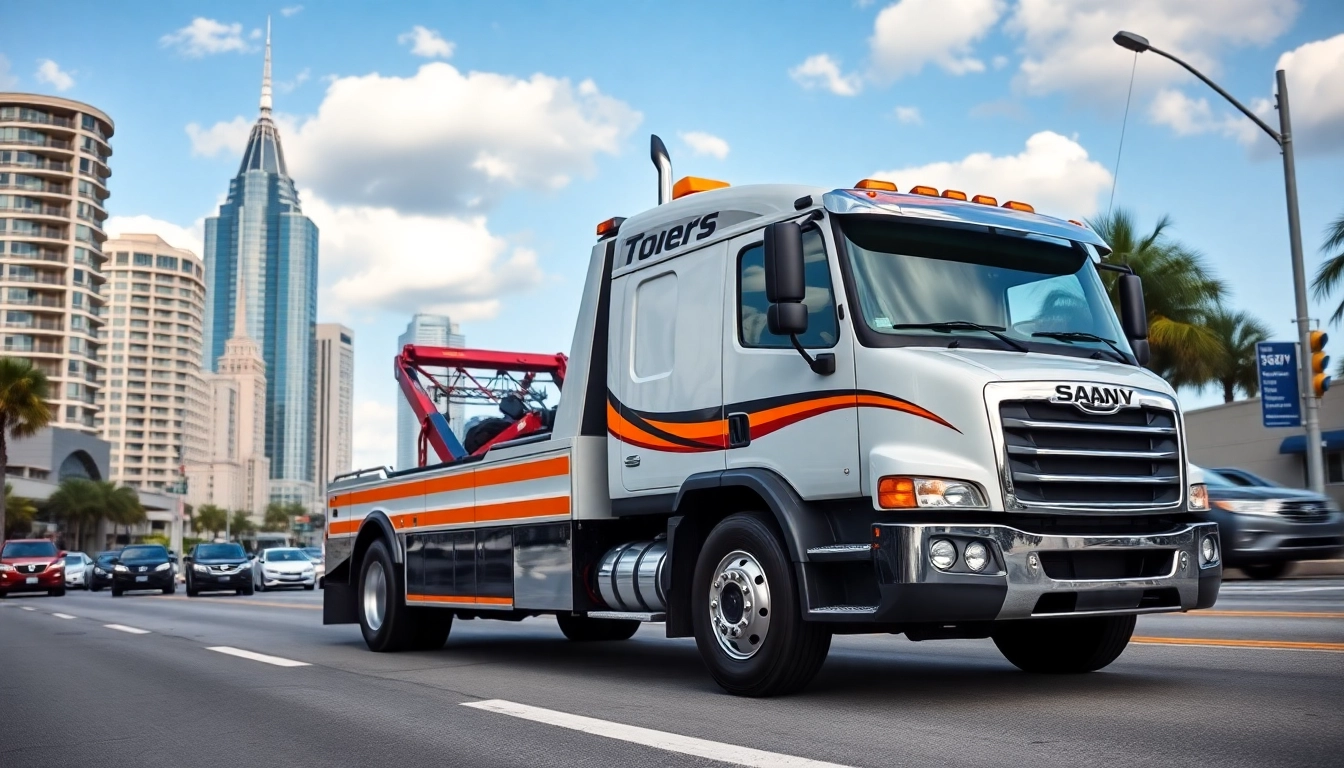Understanding the Downpipe N55
What is a Downpipe N55?
The downpipe n55 is an essential component in the exhaust system of BMW vehicles powered by the N55 engine. This engine, renowned for its robust performance and efficiency, benefits significantly from the modification of its downpipe. A downpipe is primarily designed to connect the exhaust manifold of the engine to the rest of the exhaust system, and its design can greatly affect engine performance. The stock downpipe often has constraints that can inhibit airflow, leading to decreased performance and efficiency. By upgrading to an aftermarket downpipe, particularly tailored for the N55 engine, enthusiasts can experience substantial improvements in horsepower, torque, and overall driving dynamics.
The Importance of Downpipe N55 in Performance
The design and efficiency of the downpipe n55 directly influence engine performance. A performance downpipe typically features a larger diameter and smoother bends compared to the stock version, which minimizes back pressure and optimizes exhaust flow. This is crucial for turbocharged engines like the N55, where efficient expulsion of exhaust gases enhances turbo spool and boosts performance. Additionally, reducing restrictions can lead to improved throttle response and increased power at high RPMs. For enthusiasts seeking to unlock their vehicle’s full potential, upgrading the downpipe is a fundamental step in engine tuning.
Common Features of Downpipe N55
When considering a downpipe for the N55 engine, several key features are notable:
- Material: Most aftermarket downpipes are made from high-grade stainless steel for durability and heat resistance.
- Design: Many feature a catalytic converter relocation or high-flow catalytic converters to optimize emission control while enhancing performance.
- Fitment: Designed for a perfect fit with minimal modifications, ensuring easy installation.
- Noise Levels: They may enhance exhaust sound, providing a sporty and aggressive exhaust note that appeals to enthusiasts.
- Brand Reputation: It’s essential to choose downpipes from reputable manufacturers known for quality and performance enhancements.
Installation Process for Downpipe N55
Required Tools for Downpipe N55 Installation
Before beginning the installation of the downpipe n55, gather the following tools:
- Socket set (including extensions)
- Torque wrench
- Ratchet and breaker bar
- Wrenches (various sizes)
- Pipe cutters (if necessary)
- Gasket scraper
- Heat-resistant gloves
- Safety glasses
Step-by-Step Guide to Install Downpipe N55
Installing a downpipe is a technical task that requires attention to detail. Follow these steps for a successful installation:
- Preparation: Ensure the vehicle is cool and parked on a flat surface. Disconnect the battery to avoid electrical issues.
- Lift the Vehicle: Use ramps or a jack to raise the vehicle safely, securing it with jack stands.
- Remove the Underbody Shield: If equipped, take off the underbody shield to access the exhaust components.
- Uninstall the Stock Downpipe: Begin by disconnecting the exhaust flange and any clamps holding the stock downpipe in place. Use penetrating oil to ease any rusted bolts.
- Install the New Downpipe: Position the new downpipe and secure it in place. Ensure that all connections are tight, and align it correctly with the exhaust system.
- Reattach Components: Reinstall any components removed during the process, including heat shields.
- Reconnect the Battery: Once everything is securely in place, reconnect the battery terminals.
- Testing: Start the engine and check for leaks. Listen for any unusual noises and ensure everything runs smoothly.
Troubleshooting Common Installation Issues
During the installation process, you may encounter some common issues:
- Exhaust Leaks: Make sure all connections are tight and that you replace any worn gaskets. Inspect the entire system carefully.
- Fitment Issues: If the downpipe does not fit correctly, double-check the model compatibility and modification requirements.
- Check Engine Light: This may occur if the new downpipe does not have the proper catalytic converter. Ensure your downpipe meets local emission standards.
Benefits of Upgrading to Downpipe N55
Performance Improvements with Downpipe N55
One of the most compelling reasons to upgrade to a downpipe n55 is the significant performance boost it can provide. By enhancing exhaust flow, vehicles can experience increased horsepower and torque. Generally, users report a noticeable improvement in low and mid-range power, making the vehicle feel more responsive during acceleration. Performance testing often shows gains of anywhere from 10-30 horsepower and improved acceleration times, making this upgrade a favorite among performance enthusiasts.
Sound Modifications from Downpipe N55
Another prevalent reason for upgrading the downpipe is the sound enhancement it provides. A high-performance downpipe can give your vehicle a deeper, more aggressive exhaust note, transforming the driving experience. This audible upgrade resonates well with many drivers, allowing for a more engaging experience without being excessively loud. Depending on the setup and accompanying exhaust components, you may achieve a unique tone that reflects your personal style.
Fuel Efficiency and Emissions Considerations
The downpipe n55 can also improve fuel efficiency. By promoting better exhaust flow, the engine does not have to work as hard to expel gases, which can result in better fuel economy under certain driving conditions. However, it’s crucial to consider that performance downpipes may alter emissions. Some aftermarket options may not meet local regulations, so ensure that you are in compliance with your area’s emissions standards before making any modifications.
Comparing Downpipe N55 to Other Options
Downpipe N55 vs Stock Downpipes
Comparatively, the stock downpipe is designed with a conservative approach to maintain emissions and noise regulations. While this is beneficial for everyday driving and compliance, it can limit performance potential. The downpipe n55, on the other hand, is designed for those looking to extract every ounce of performance from their engine. Not only does it facilitate better airflow, but it also allows for tuning possibilities. Performance enthusiasts often find that the benefits of upgrading far outweigh any drawbacks associated with emissions or noise.
Aftermarket Options for Downpipe N55
The aftermarket scene for the N55 engine includes a plethora of downpipe options, ranging from complete high-flow systems to those equipped with high-flow cats or catless designs. It is essential to research and choose downpipes that fit your specific performance goals and local regulations. Each product may vary in design, materials, and performance outputs, so it’s vital to consider your overall vehicle setup and objectives.
Price vs Performance Analysis of Downpipe N55
The price of upgrading to a downpipe n55 varies significantly based on brand, material, and features. High-quality stainless steel options may come at a premium, but they often provide better longevity and performance enhancements. When weighing price against performance gains, consider not only the immediate output but long-term benefits, including durability, sound quality, and the potential for further tuning upgrades. Many drivers find that an investment in a quality downpipe pays dividends in performance and enjoyment of their vehicle.
Maintenance Tips for Downpipe N55
Routine Inspections for Downpipe N55
Maintaining your downpipe n55 is crucial to ensure its longevity and optimal performance. Regular inspections should be conducted to check for any signs of wear or damage. Look for cracks, rust, or significant discoloration that might indicate heat damage. Additionally, listen for unusual sounds that could suggest a loose connection or a leak.
Cleaning and Care for Downpipe N55
Cleaning your downpipe is essential, especially if you live in an area prone to road salt or harsh winters. A simple wash with soap and water followed by thorough rinsing can help prevent corrosion. For deeper cleaning, consider utilizing specialized cleaning solutions that can break down carbon buildup without damaging the metal.
Signs of Wear and When to Replace Downpipe N55
Even high-quality downpipes can eventually show signs of wear. If you notice a drop in performance, excessive exhaust noise, or persistent check engine lights, it may be time to replace your downpipe. Additionally, if there are visible signs of rust or physical damage, addressing these issues sooner rather than later will help maintain the overall performance of your vehicle.



